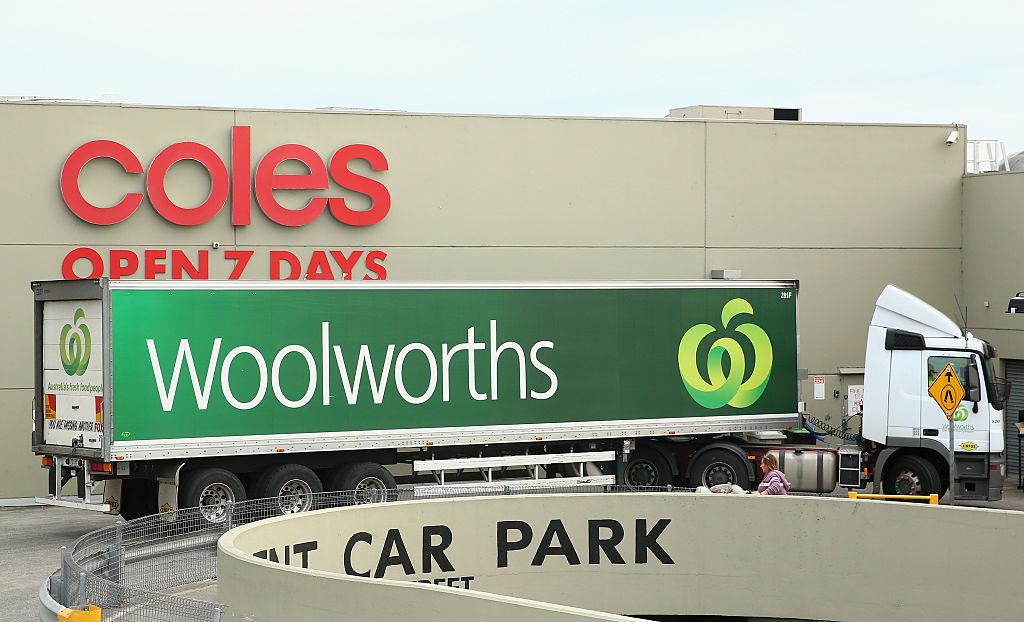Commentary
If you go down to your local Coles or Woollies, you’re likely to find goat on the menu. That is, goat spelled “scapegoat.”

If you go down to your local Coles or Woollies, you’re likely to find goat on the menu. That is, goat spelled “scapegoat.”